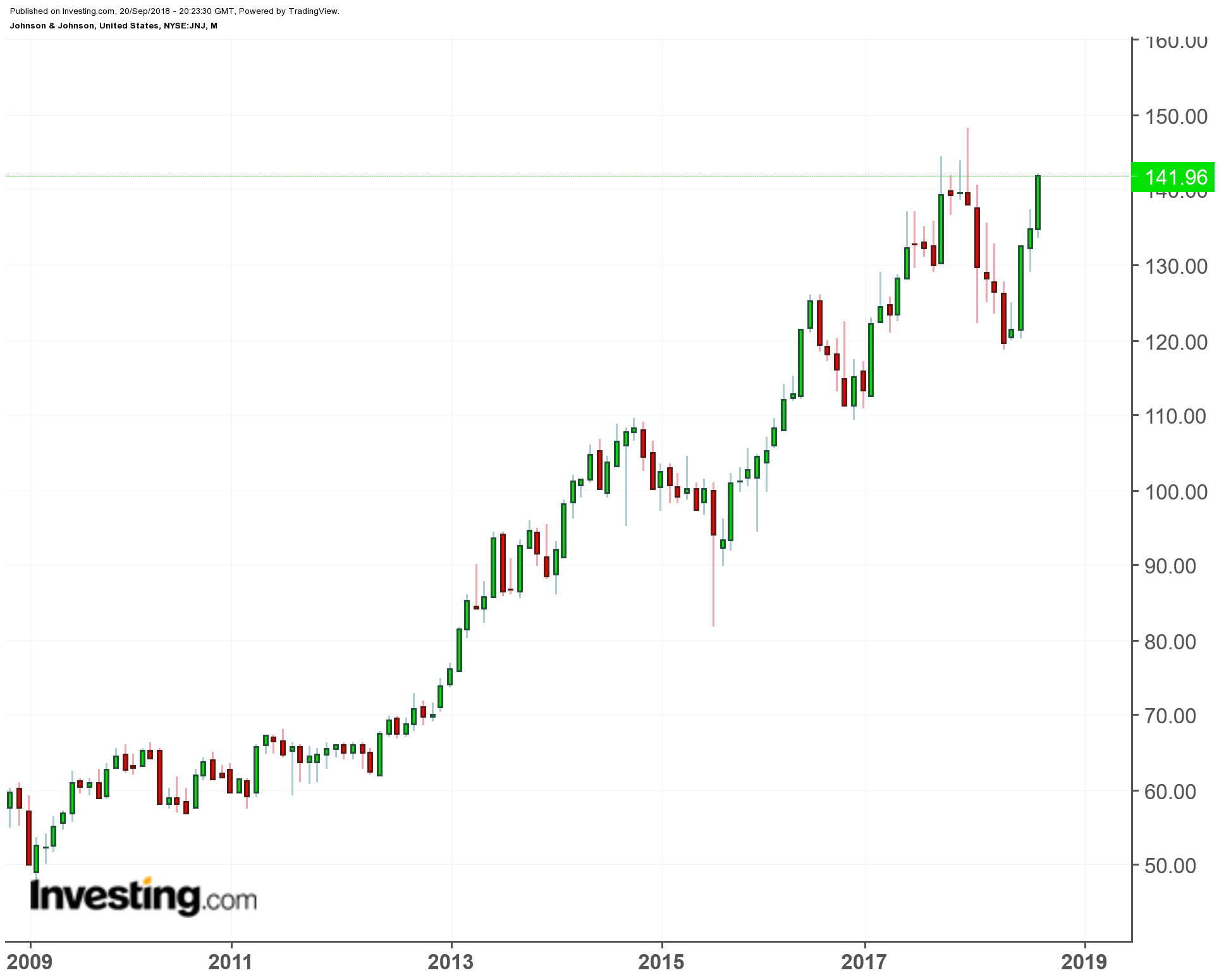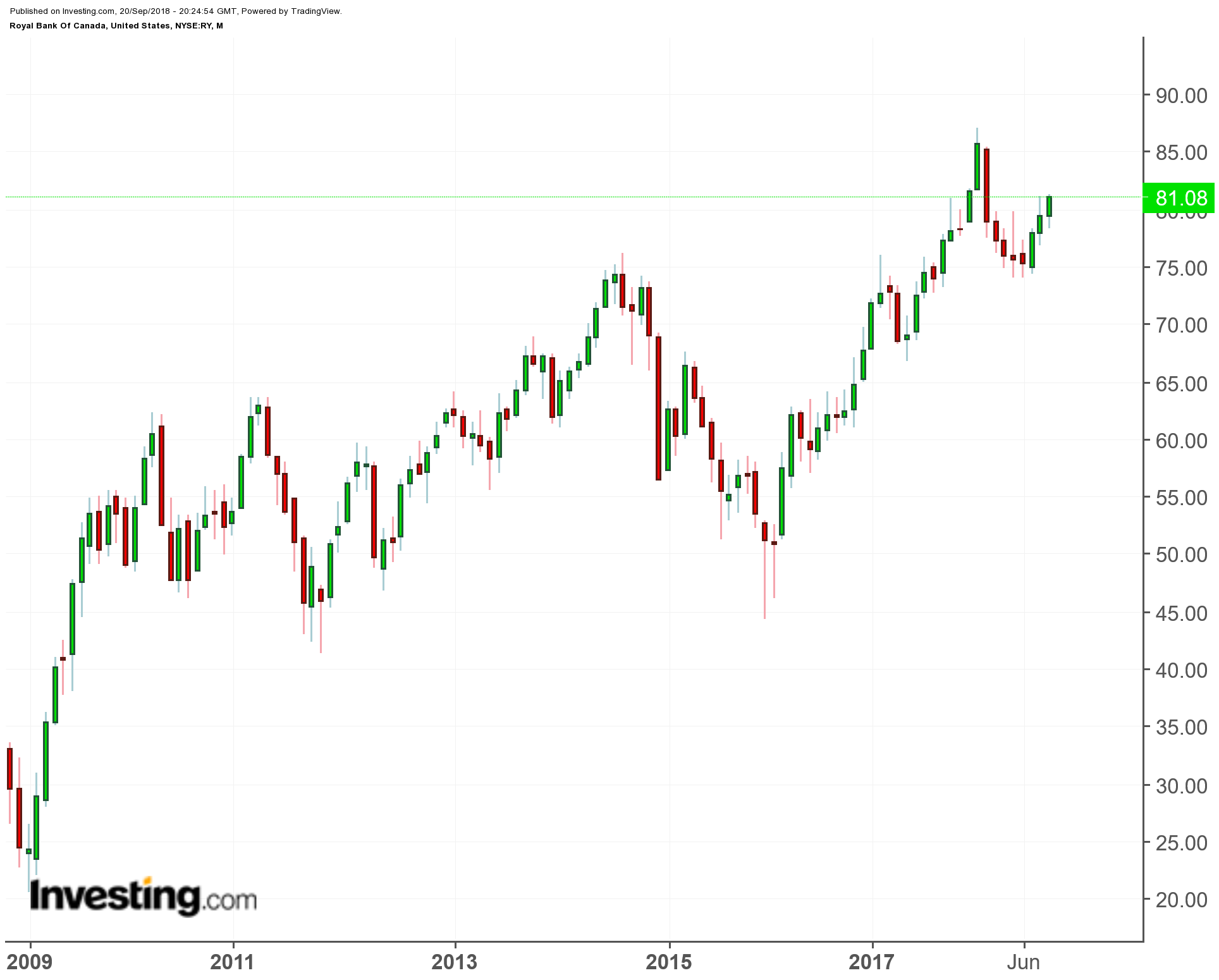A general principle of investing is buy low and sell high. But many investors, who have made fortunes, rarely sell once they’ve bought a cash-producing asset.
The great investor Philip Fisher, in his book "Common Stocks and Uncommon Profits," famously argues that the best time to sell a stock is "almost never." Warren Buffett, the world’s most successful value investor, wrote that his "favorite holding period is forever” in his 1988 letter to Berkshire Hathaway (NYSE:BRKa) shareholders.
If your goal is to build a solid cash stream for your retirement, then keeping some Forever Stocks in your portfolio is a great idea. You can tap your dividend stocks for regular income when you need it. And when you don’t need passive income, you can use these cash flows to re-invest and unlock the power of compounding.
Forever Stocks are the companies that pay dividends no matter what’s happening with the general economy. Their payouts survive peaks and troughs, wars, depressions and asset bubbles.
Their products and services are so crucial that we can’t imagine a normal life without them. This quality has turned these companies into cash machines that never run out.
J&J Makes The Cash And Doles It Out
Johnson & Johnson (NYSE:JNJ) is not the kind of stock you hear people bragging about at dinner parties. It’s an old-economy stock that rarely gets space in the financial press. But the New Brunswick, N.J. -based healthcare giant is exactly the kind of investment that buy-and-hold investors prefer.

JNJ is one of the world’s most powerful brands. Through its three business units, the company runs more than 260 companies across the world. JNJ generated leveraged free cash flow of more than $18 billion in the last four reported quarters.
When it comes to rewarding investors, few companies have done better than Johnson & Johnson. The company has increased its quarterly dividend rate every year for 56 consecutive years. This remarkable performance puts Johnson & Johnson among an elite group known as Dividend Kings, companies with at least five decades of annual dividend hikes.
Royal Bank of Canada Can Weather Any Storm
Since the 2008 financial crisis, banks haven’t been on the radar screen of some income investors because of the inherent risk they carry in times of distress. But north of the border, banking stocks have proven a much better bet than at home.

In Canada, banks operate in an oligopoly, where their domestic businesses are well protected from competition. Canadian banking regulations are much tougher when compared to other advanced markets.
The latest example of this strong regulatory environment is the nation’s successful handling of its real-estate market, where rampant speculations in the past decade had many banks exposed. This alarming situation prompted the nation’s banking watchdog to tighten the mortgage rules in a timely manner and avoid a disaster.
To get exposure to one of the best banking systems in the world, buy Royal Bank Of Canada (NYSE:RY), the nation’s largest lender. RBC also fits nicely in any Forever Stock portfolio. The Toronto-based lender generates hefty cash flows and distributes about half of its income in dividends each year.
The lender has paid dividends to shareholders every year since 1870. Since 1998, the share price in US dollars has increased more than 1,400 percent. In that period, there were recessions, bank closures and the financial crisis. RBC was able to ride through all these crises because it had a wide economic moat to defend itself.
Bottom Line
Buying and holding Forever Stocks such as J&J and RBC is a tested approach to build your wealth for your nest egg. You can use these two names to identify other long-term opportunities in the market with the aim of holding those stocks for the next 30 to 40 years. Look for strong balance sheets, rising cash flows and a dominant market position.
